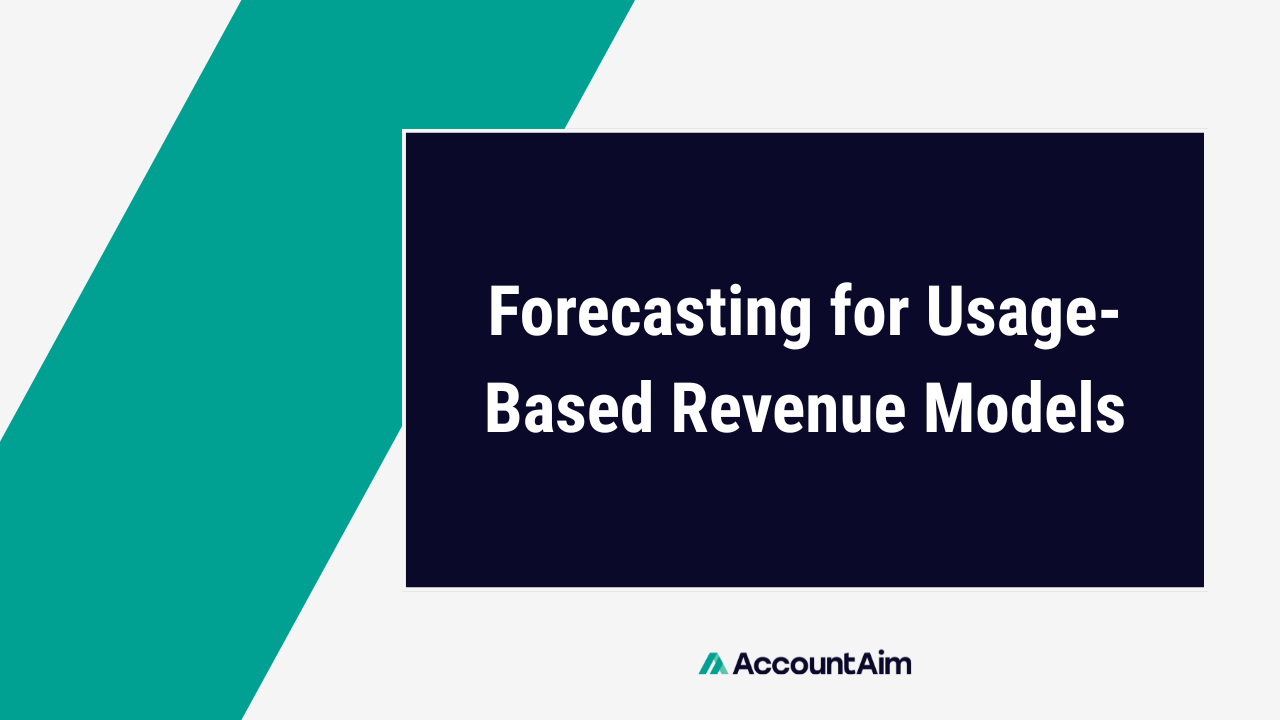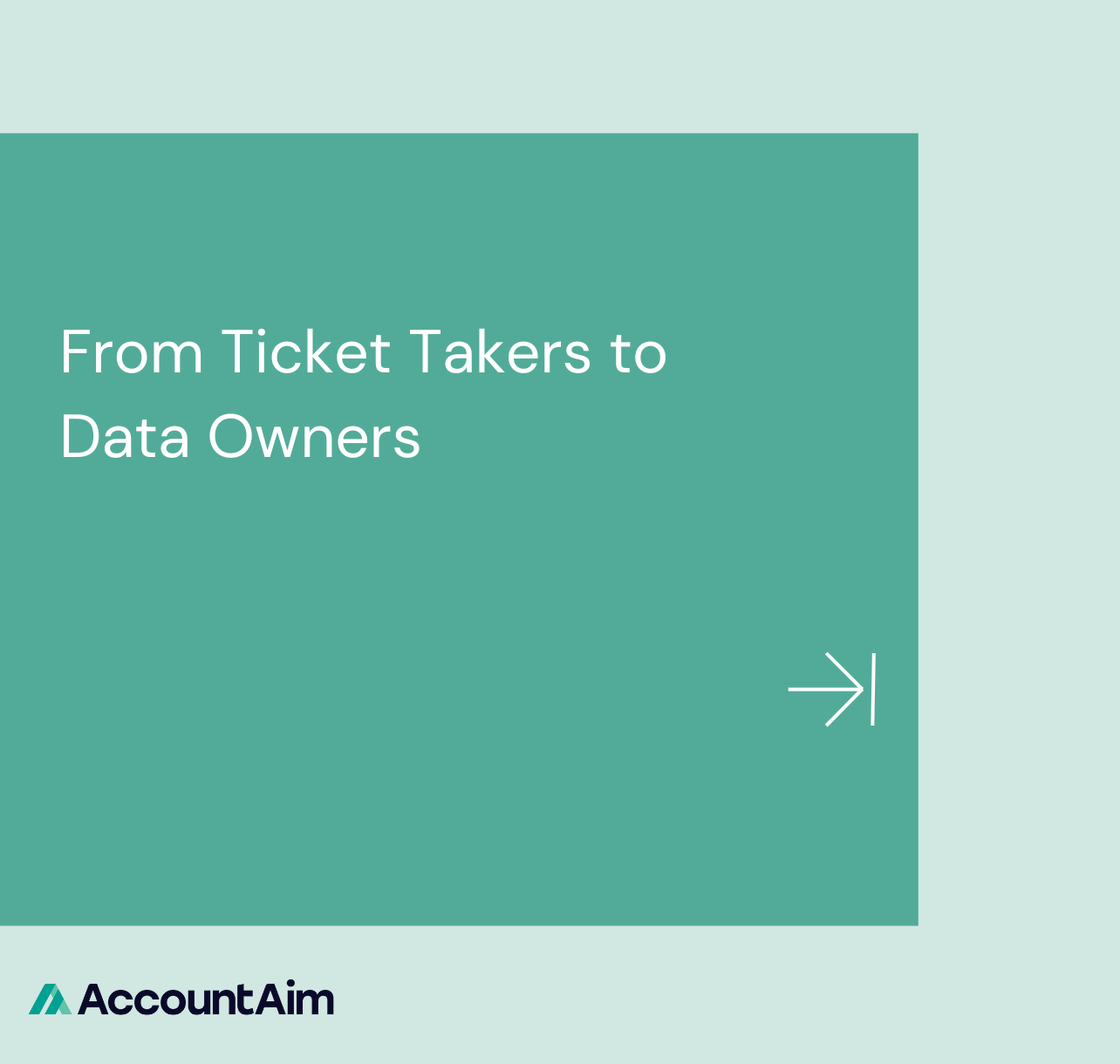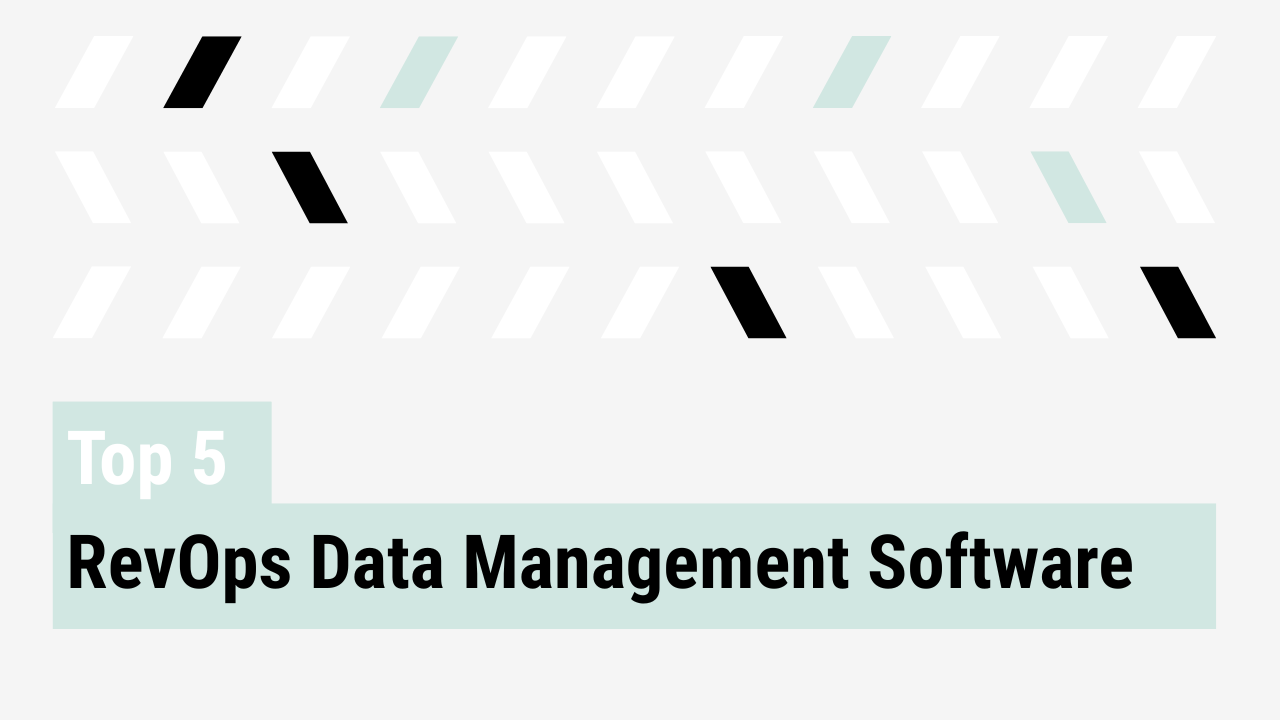Usage-based revenue models in RevOps are redefining how go-to-market organizations think about predictability. Fixed subscription contracts lock in revenue from the moment of signature, while usage-based pricing creates non-linear revenue patterns. Customers scale up or down depending on adoption, which makes traditional forecasting frameworks lose their relevance. For RevOps leaders, this shift is a strategic mandate. Forecasting accuracy now defines the confidence executives place in GTM execution.
Why traditional forecasting breaks down in usage-based models
In usage-based environments, the revenue story does not stop at “closed won.” Performance depends on how customers consume over time. Pipeline-only forecasts ignore this reality and leave teams exposed when consumption falls short of expectations.
Benchmarks are rising. Best-in-class teams now target sales forecasting accuracy of plus or minus 90 to 95 percent at the account level mid-quarter, and 95 to 97 percent by month-end. Hitting these numbers requires usage signals. Relying on pipeline coverage trends alone leaves GTM leaders operating with half the picture.
The three forecasts RevOps leaders must manage
Effective forecasting now requires three layers of visibility:
- Pipeline forecast – This is the most familiar type of forecast and tracks opportunities across sales stages. It looks at deal size, close probability, and expected close date. Pipeline forecasts give visibility into what is currently in play and help GTM leaders understand near-term revenue potential. However, they only capture the likelihood of a deal closing, not the actual revenue that will follow.
- Revenue recognition forecast – This forecast aligns to accounting standards such as GAAP. It determines when revenue can officially be recognized based on contract terms, invoicing schedules, and delivery obligations. Revenue recognition forecasts often require manual inputs from Finance and are essential for external reporting, board updates, and compliance. They show the timing of when revenue can be booked, but they do not reflect variations in customer usage.
- Consumption forecast – This is the crucial layer for usage-based models. It predicts how much revenue will actually materialize based on customer behavior. Inputs include product adoption, seat expansion, transaction volume, seasonality, and churn signals. Unlike pipeline or recognition forecasts, consumption forecasts are dynamic and evolve as customer usage patterns change. They are the best indicator of whether revenue targets will truly be met.
Bringing all three together transforms forecasting from a tactical process into a strategic asset. This is how strategic RevOps leadership builds alignment across Sales, Finance, and Product.
Advanced forecasting techniques for usage-based models
Forward-looking teams are applying more sophisticated methods. Cohort analysis models retention curves and usage behavior, creating more reliable projections. Hybrid businesses are using scenario planning templates to separate subscription ARR from variable usage revenue before rolling them into a combined forecast.
Cohort analysis works by segmenting customers into groups based on their acquisition period, then modeling how each cohort typically expands, contracts, or churns over time. By applying retention curves and layering in average usage growth, RevOps teams can generate forecasts that are grounded in real behavior patterns rather than assumptions. This approach is particularly useful for identifying inflection points in revenue, such as when a cohort historically increases product adoption after the first six months.
Dual modeling for hybrid businesses involves treating subscription and consumption revenue as separate streams before combining them into a unified forecast. Subscriptions provide a stable baseline, while consumption introduces variability. By modeling each independently, leaders can assess the reliability of recurring ARR while still capturing the upside and risk of usage revenue. This dual approach also helps Finance and GTM teams stress-test different growth scenarios and plan resource allocation more effectively.
Signals such as adoption, churn risk, and seasonal usage are essential inputs. Even lean teams can capture these drivers and achieve forecasting accuracy without a data team by using CRM-linked data and lightweight analytics.
The foundation of confident forecasting
Usage-based forecasting succeeds when infrastructure and process are in place. The strongest RevOps teams operate with five foundations:
- Centralized usage data tied to CRM
- Forecasting that continues after deal closure
- Continuous recalibration against actual performance
- Cross-functional workflows linking Sales, CS, Finance, and Product
- Shared accountability for forecast accuracy
The outcome is a system of confidence. Leaders can finally steer GTM strategy in real time.
Usage-based revenue models in RevOps – The Takeaway
Forecasting for usage-based revenue models requires RevOps leaders to design models that capture consumption, implement operational foundations, and enable proactive decision-making. The result is both tighter forecasts, and stronger executive confidence in GTM strategy.



